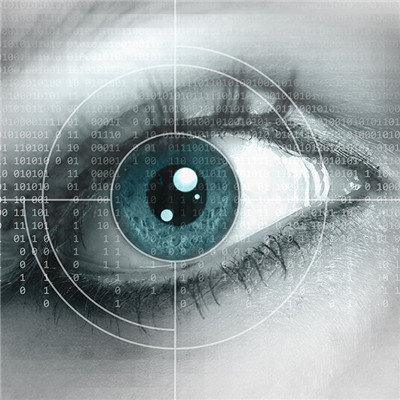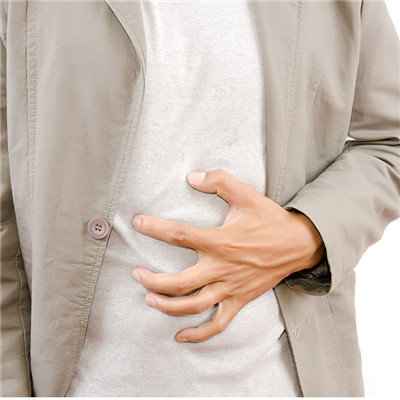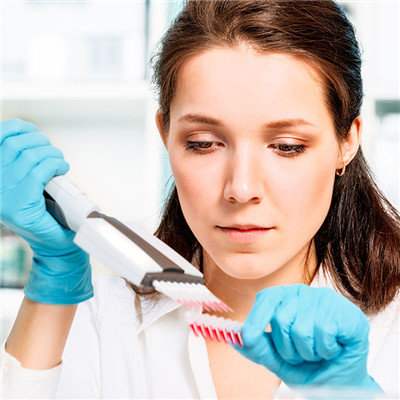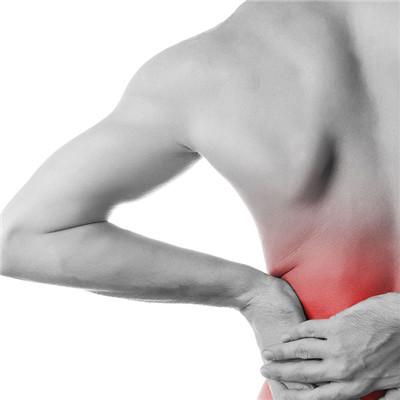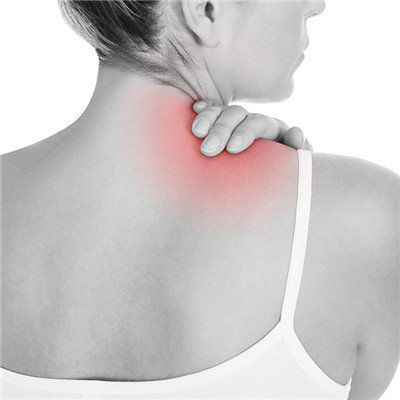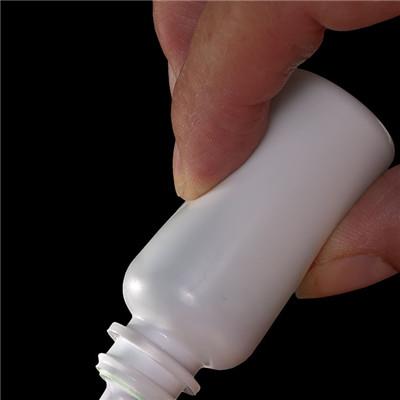Lymphadenitis symptoms?
summary
Lymphadenitis is a kind of nonspecific inflammation caused by acute and chronic inflammation in the drainage area of lymph nodes, such as axillary lymphadenitis caused by infection of upper limb, breast, chest wall, back and abdominal wall above umbilicus; Inguinal lymphadenitis may occur in lower limbs, abdominal wall below umbilicus, perineum and buttocks; Head, face, mouth, neck and shoulder infection, causing submandibular and cervical lymphadenitis. Lymphadenitis symptoms? Next, I'd like to share my views with you.
Lymphadenitis symptoms?
First, the lymph nodes are rapidly enlarged and tender. If the patient's resistance is strong, there can be no systemic symptoms, without treatment can also be self-healing. In severe cases, local redness, swelling, heat and pain are accompanied by chills, fever, headache and other symptoms. Through timely antibacterial and anti-inflammatory treatment, redness and swelling can subside, but sometimes inflammation causes tissue proliferation, leaving a small induration.
Second: lymphadenitis has fever, hyperhidrosis, fatigue, rapid ESR, more common in young adults. It is often accompanied by pulmonary tuberculosis. The texture of lymph nodes is uneven. Some parts are light (caseous change), some parts are hard (fibrosis or calcification), and they adhere to each other and the skin, so the mobility is poor. Tuberculin test and blood tuberculosis antibody were positive in these patients. Inguinal lymphadenitis, especially the long-standing flat lymph nodes, is of no significance. However, the neck and supraclavicular lymphadenitis without obvious cause is a sign of systemic lymphoproliferative disease, which should be paid attention to and further examined.
Third, lymphadenitis is still seen in the neck in the early stage, with scattered lymph nodes and no tenderness, which can become a hard mass; If there is caseous necrosis, the lymph nodes rupture in the subcutaneous, adhesion, skin thinning and bright, red and swollen; If the skin is pierced, it can become a fistula. Early lymphadenitis, pain and tenderness, can be active. At this time, the skin is often red, swollen, tenderness is obvious, combined with chills, fever, headache, fatigue and other systemic symptoms, if not controlled in time, abscess can be formed. Most of them were neck, armpit and groin.
matters needing attention
1. Get enough sleep. While still sleeping, all kinds of life activities in the body, such as heart rate, blood pressure, respiratory pulse and a variety of metabolic functions, are low, muscles are in a relaxed state, and the energy consumption of the whole body is greatly reduced, so that the function can make full use of energy to repair and recover the damage caused by the disease. 2. The changes of people's mental state and mood have a direct impact on their health. So control their emotional illness, actively cooperate with the treatment, so as to promote the early recovery of the disease.

